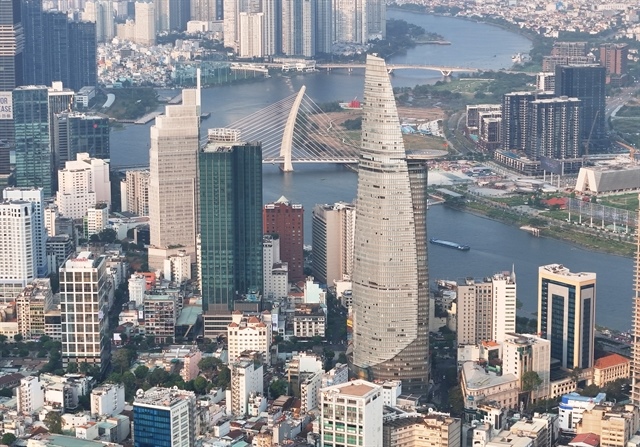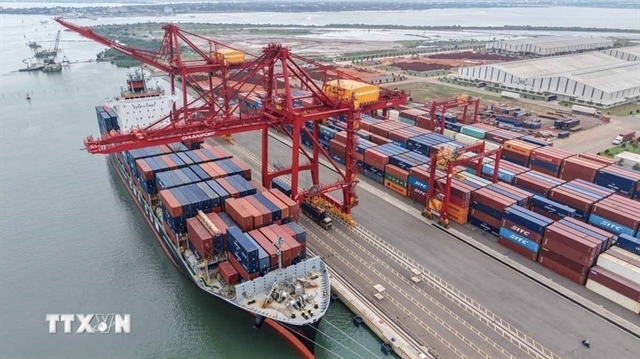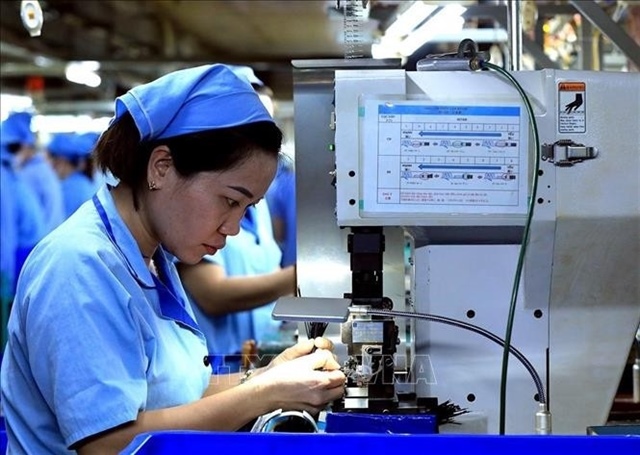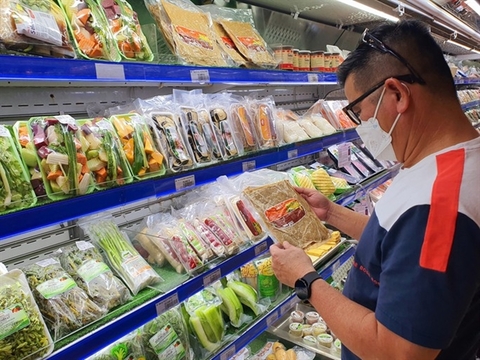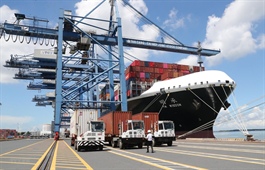Vietnam's master plan needs to stay in line with 2045 development goals: WB
Vietnam's master plan needs to stay in line with 2045 development goals: WB
The key challenge is to link the national master plan with those of economic sectors, fields, and provinces/cities
The main objective of Vietnam’s national master plan should be in line with the country’s development goals until 2045, which is to become a high-income country.
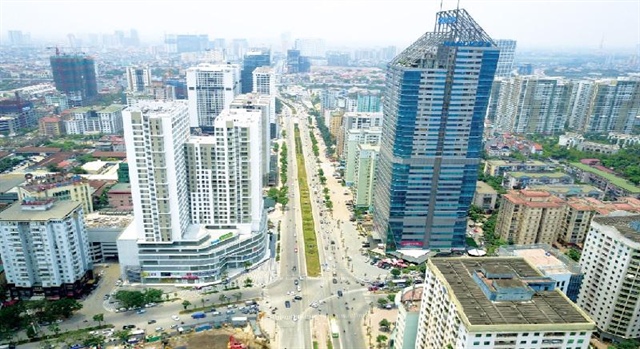
Le Van Luong Street, Hanoi. Photo: Pham Hung |
World Bank’s Managing Director of the Growth Dialogue Danny Leipziger stressed the view in a meeting with Vice Chairman of the National Assembly Nguyen Duc Hai in Hanoi on August 16.
According to Leipziger, a major challenge for Vietnam during the drafting of the master plan is to ensure its compatibility with other plans and regulations, along with sufficient financial resources for the implementation.
In this regard, Leipziger added that the key challenge is to link the national master plan with those of economic sectors, fields, and provinces/cities, while the Government has not identified financial sources to draft the planning and the subsequent implementation.
Leipziger noted the World Bank stands ready to work with the National Assembly and other Government agencies in solving these issues.
He suggested the Government integrate indicators assessing the implementation of the planning, collect information throughout the process, and authorize supervisory bodies to solve any issues that may emerge.
For his part, Vice Chairman Nguyen Duc Hai highlighted the close cooperation between the National Assembly and the World Bank.
“The National Assembly would continue to cooperate with the World Bank and other partners in addressing issues of mutual interests,” Hai said.
He shared Leipziger’s view that planning is a complicated and difficult process.
Given the huge work volume ahead, Hai called for both sides to continue working on pushing for the completion of the master plan.
At the meeting, Hai noted the National Assembly plans to hold a socio-economic forum in 2022 and invited World Bank’s representative to attend.
As one of Vietnam’s major development partners, Hai expected the World Bank to give a detailed outlook on Vietnam’s economic prospects, as well as its challenges amid growing global uncertainties.
|
The master plan forecast Vietnam would have a population of 105 million by 2030, and 115 million by 2050. The average GDP growth would reach 7% per annum during the 2021-2030 period, and 6.5-7.5% in 2031-2050. In addition, the GDP per capita would be around US$7,500 and 27,000-32,000 by 2050; the rate of people living in urban cities by 2030 would be 50%, and 70-80% by 2050. By 2030, Vietnam would have 5,000 kilometers of expressways, and this number would be elevated to 9,000 by 2050. |


